Zack Leonard: Doing Well at Something Fun
Published on May 31st, 2016
When Yale University won the 2016 College Team Race National Championship (May 28-30), it was the fourth straight year for the Bulldogs to hold the Walter C. Wood Trophy. Scuttlebutt editor Craig Leweck checked in with head sailing coach Zack Leonard after the victory…
What were your expectations coming into the nationals?
We’ve really been trying hard to focus not so much on the competition as much as how we execute a game plan in each race. If we can repeat that pretty consistently, we feel like we have a chance to do well. That’s sort of our focus. We have been, in the last couple events, doing a pretty good job of doing what we know how to do. We were just hoping to continue that for nationals.
Where does team racing fit into the college schedule?
It fits into the spring season. There’s plenty of fleet racing too, because you need a certain amount of depth to practice team racing. There are some schools that are less interested in team racing, and others where it is seemingly their primary focus.
The spring season has a good five or six weekends at the beginning that’s pretty focused on team racing, and then we have two weekends of fleet racing. At least this is in the northeast and mid-Atlantic regions. That’s how our schedule looks. Then we roll into fleet race qualifiers, so it ends up being that you do maybe two times more team racing than you do fleet racing for the events we are likely to enter in the spring.
Among the six college national championships, does Yale covet the team racing title more?
Not necessarily, but I was really into team racing myself when I was younger, regularly sailing in the US team race championship and the English team race championship, and I sailed the team race worlds several times. It’s been something that I always thought was really fun.
I think, also for the college sailors, a lot of them find the team racing enjoyable. They’ve done a lot of fleet racing their whole lives, so it’s a new thing that they can work to learn, and excel at, and it’s fun having a new skill to work on. So, I think a lot of the sailors really enjoyed putting their time and effort into it.
I bet you if you asked the sailors on the top ten teams what they were really focusing on, and what their primary goals were in the spring championships, many of them would say it’s the team races. It captivates their attention.
But really, I just think of it as a diversification. It’s a genre of our sport that college sailing does really well. It’s an area where we can be very different and more advanced than high school sailing, or the other fleet racing that kids do in their summer time sailing.
The US has been dominant at the Team Racing World Championship. Does college sailing get the credit?
Certainly. Other countries don’t have the same short course racing that we get in college, whether it’s league racing, or team racing. Really, only the English and Irish, and a few other countries, are doing very much short course racing. So that’s something that college sailing has– it’s natural to develop sailors in that way.
Interestingly, the Olympics is becoming more like college sailing. A two hour race used to be the norm but now the target time limit for the next Olympics will be 30 minutes, and the medal race time limits are 20 minutes. We’re sailing 20-minute fleet racing courses in college sailing, so it’s remarkable how the Games and the college format are somewhat converging.
Team racing requires at least three solid skippers. Does this give the bigger teams an advantage?
We haven’t had the depth until recently, which before made it more difficult to practice, though we still had a number of second and third place finishes, like three or four, in the last eight years before this run we’ve been on.
So having a little bit more depth recently has made our inter-team practices quite a bit better, but for the schools in Boston, with so many of them in close proximity, they can practice with each other. You still need to have three good pairs to field a team, but that’s a lot easier than needing six pairs for a quality practice.
Anything about the 2016 national championship team that set it apart?
I think the work ethic and the confidence that the kids had all year. We weren’t great at the very beginning of the season. We went to a regatta without much practice in Charleston and didn’t do too well but the kids were unperturbed.
I think they had faith that if they executed the plan, and learned the things that we’ve learned are important, that they would ultimately do well. Maybe not win but do well. So they stuck with the plan and have done a great job.
Event details – Scoreboard – Photos – Livestream – Facebook
Background: The Intercollegiate Sailing Association’s three spring national championships – Sperry Women’s National Semi-Final and Final Championship, LaserPerformance Team Race National Championship, and the Gill Coed Dinghy National Semi-Final and Final Championship – are May 24-June 3, with schools racing Club and Collegiate FJs on San Diego Bay in San Diego, CA. The three events are organized by San Diego Yacht Club and the Pacific Coast Collegiate Sailing Conference.


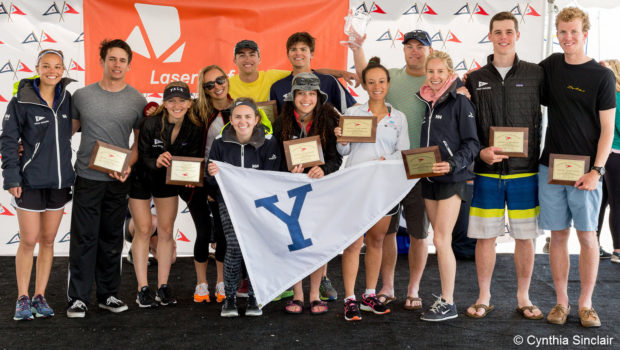
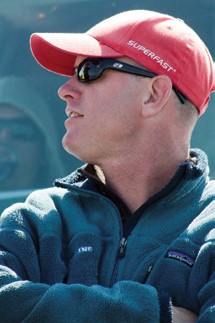

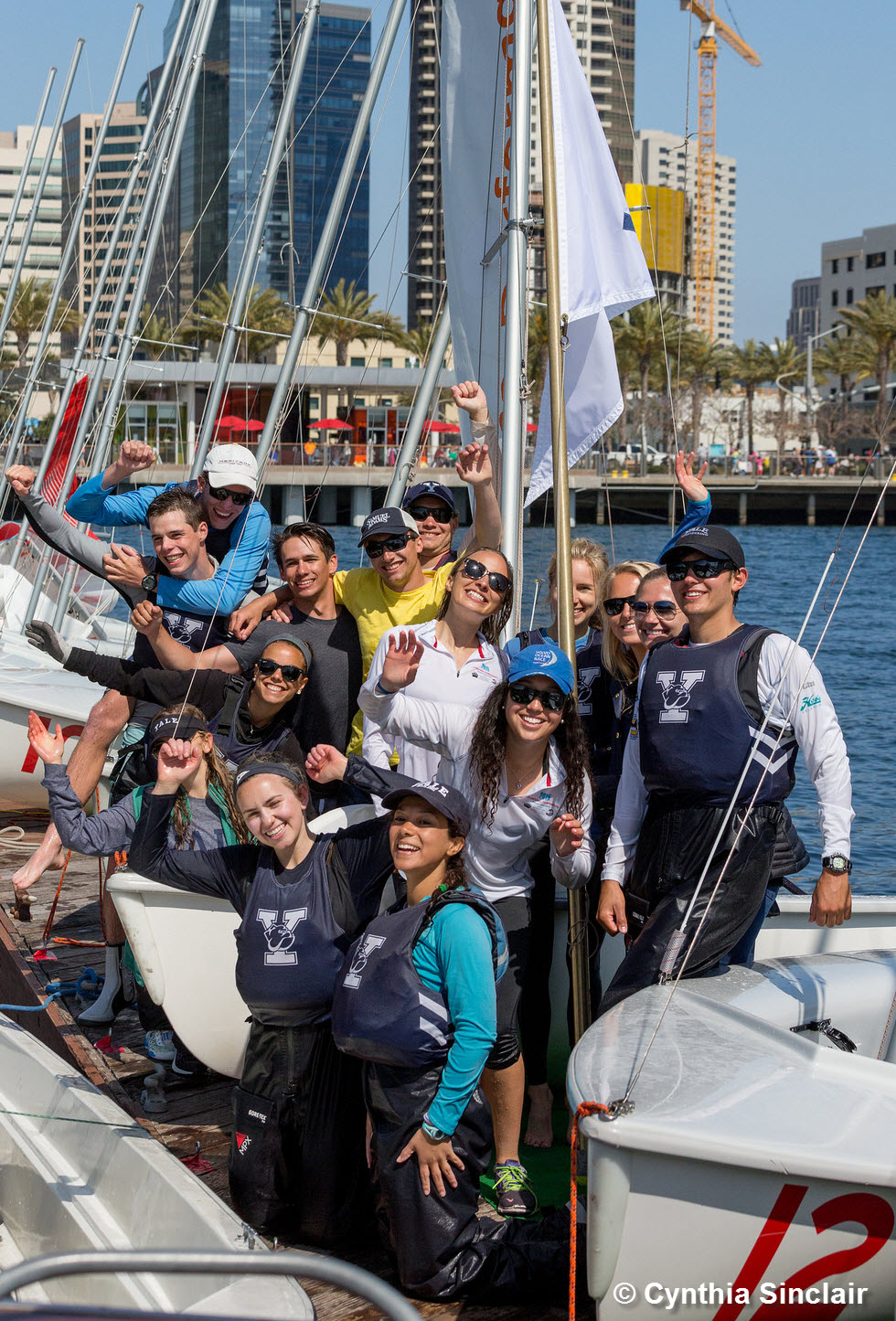

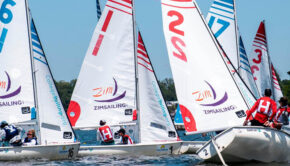

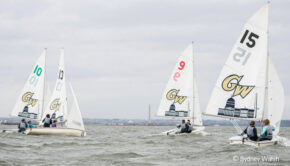
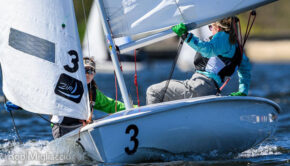
 We’ll keep your information safe.
We’ll keep your information safe.